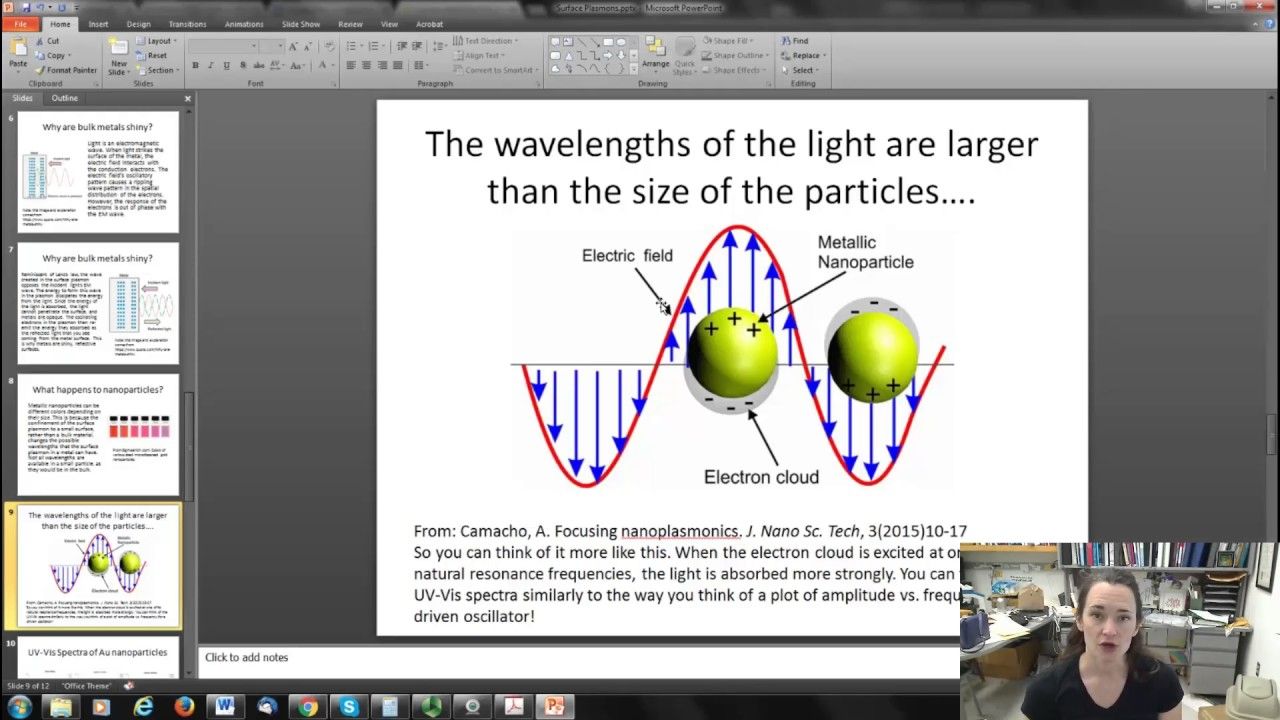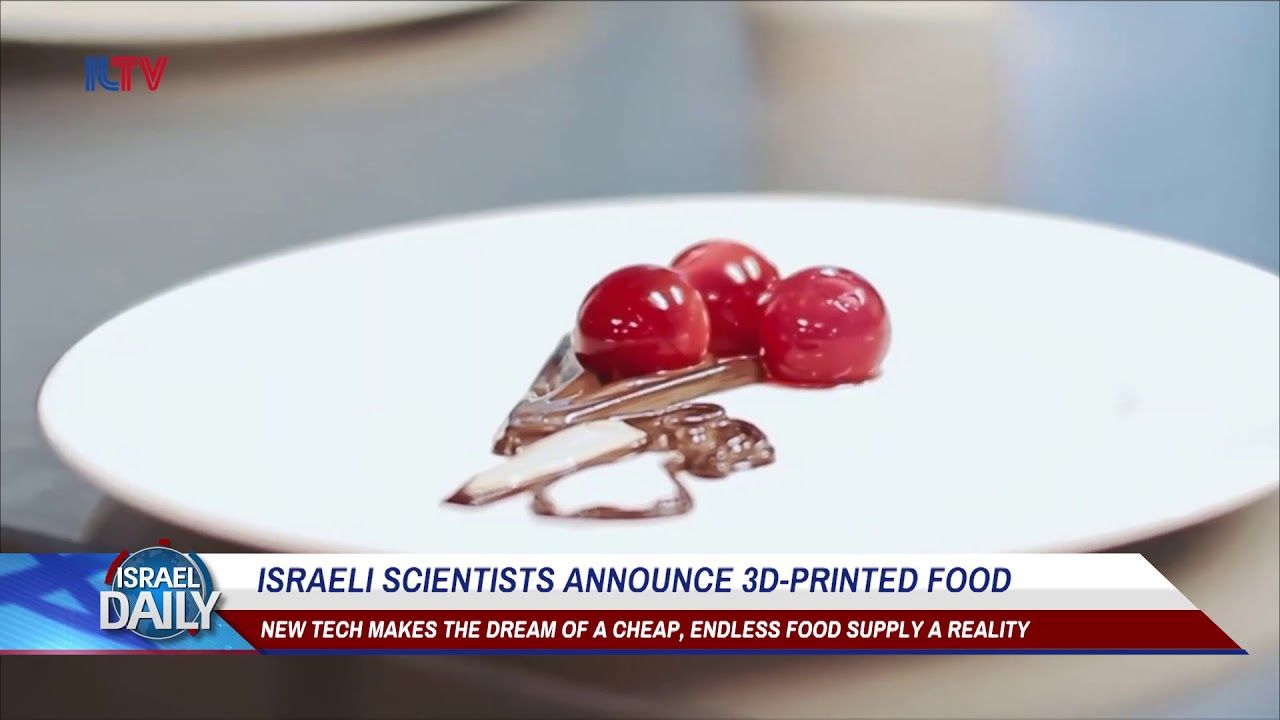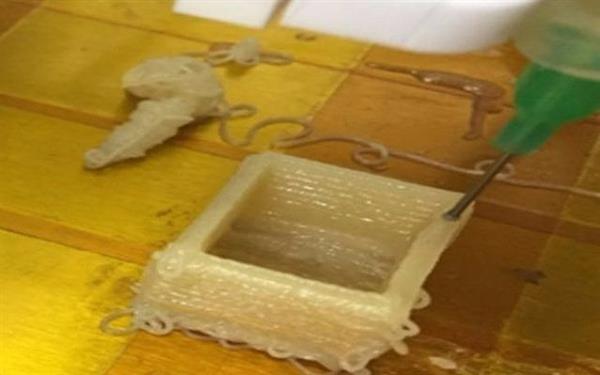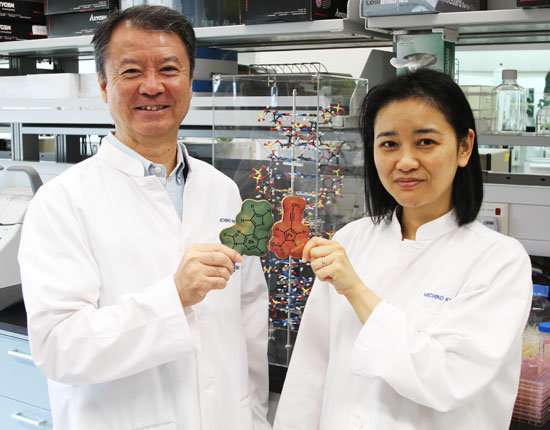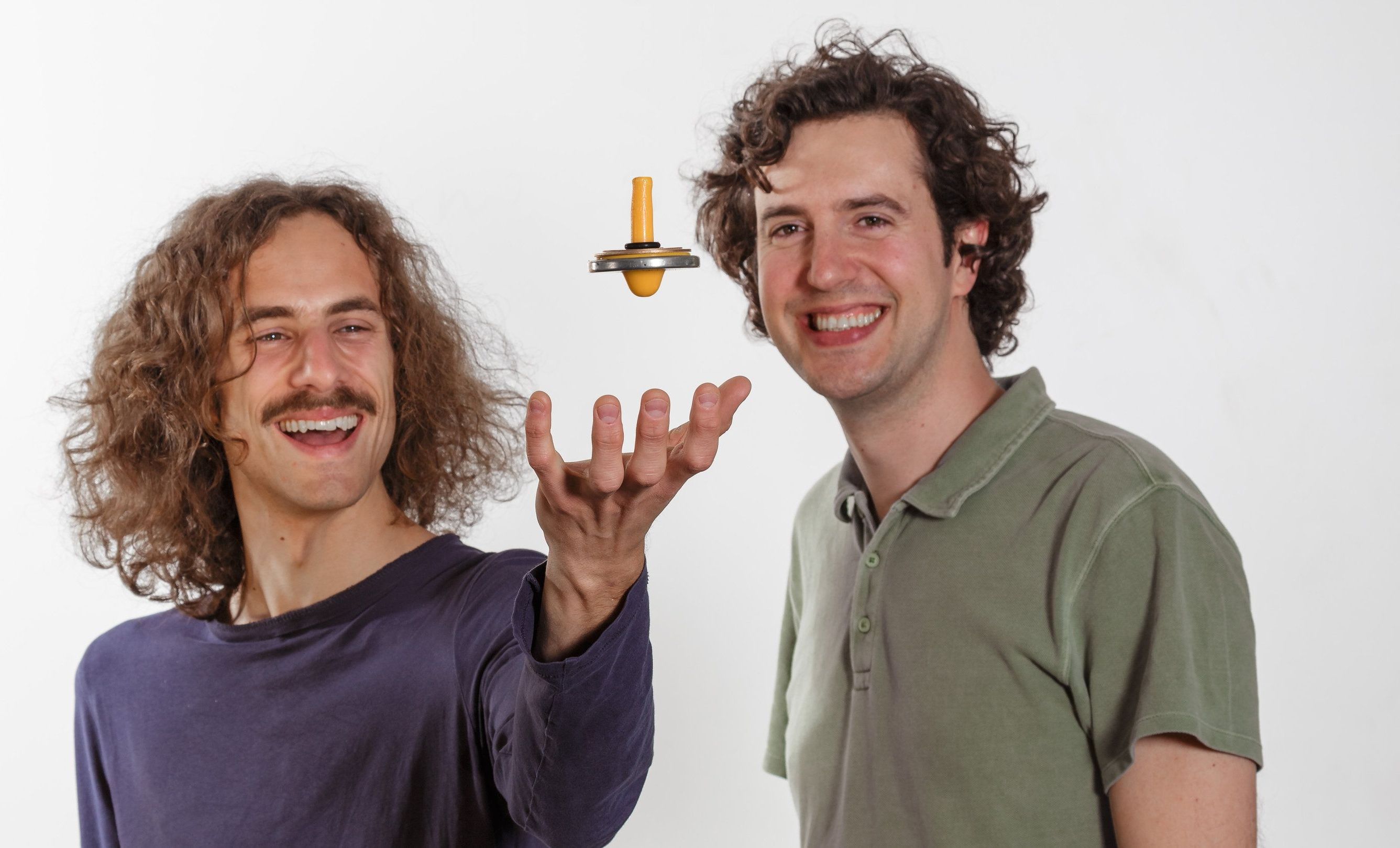
Quantum physicists in Oriol Romero-Isart’s research group in Innsbruck show in two current publications that, despite Earnshaw’s theorem, nanomagnets can be stably levitated in an external static magnetic field owing to quantum mechanical principles. The quantum angular momentum of electrons, which also causes magnetism, is accountable for this mechanism.
Already in 1842, British mathematician Samuel Earnshaw proved that there is no stable configuration of levitating permanent magnets. If one magnet is levitated above another, the smallest disturbance will cause the system to crash. The magnetic top, a popular toy, circumvents the Earnshaw theorem: When it is disturbed, the gyrating motion of the top causes a system correction and stability is maintained. In collaboration with researchers from the Max Planck Institute for Quantum Optics, Munich, physicists in Oriol Romero-Isart’s research group at the Institute for Theoretical Physics, Innsbruck University, and the Institute for Quantum Optics and Quantum Information, Austrian Academy of Sciences, have now shown that: In the quantum world, tiny non-gyrating nanoparticles can stably levitate in a magnetic field.
Read more
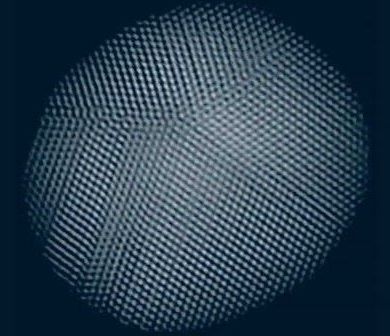
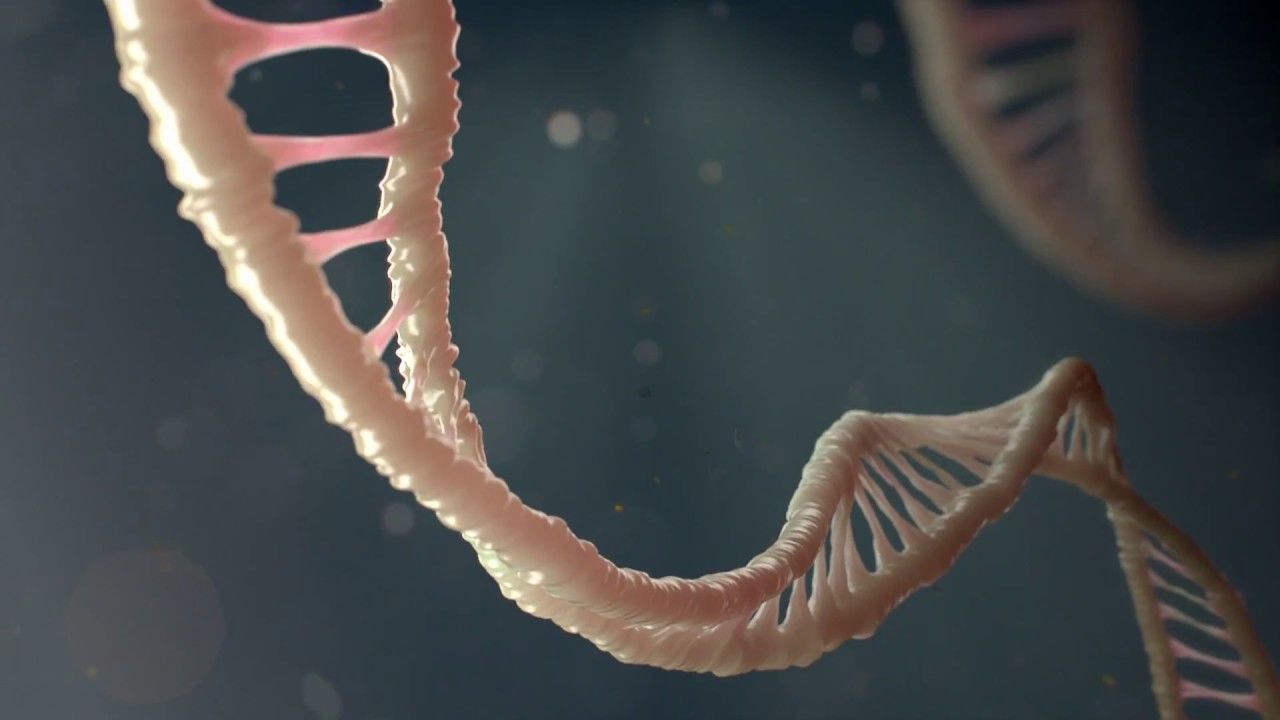

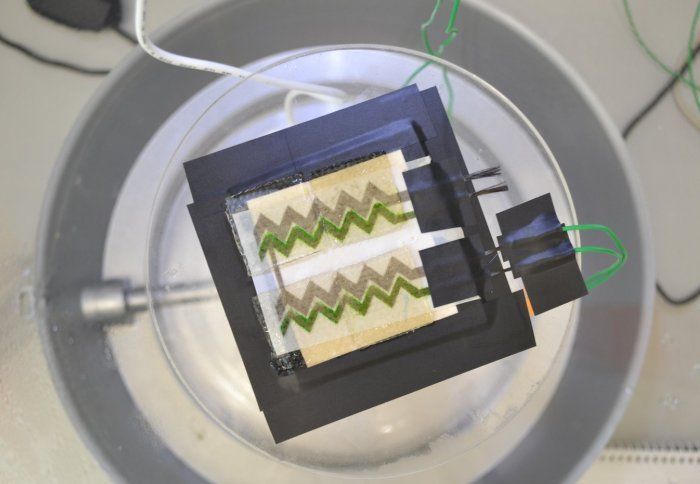
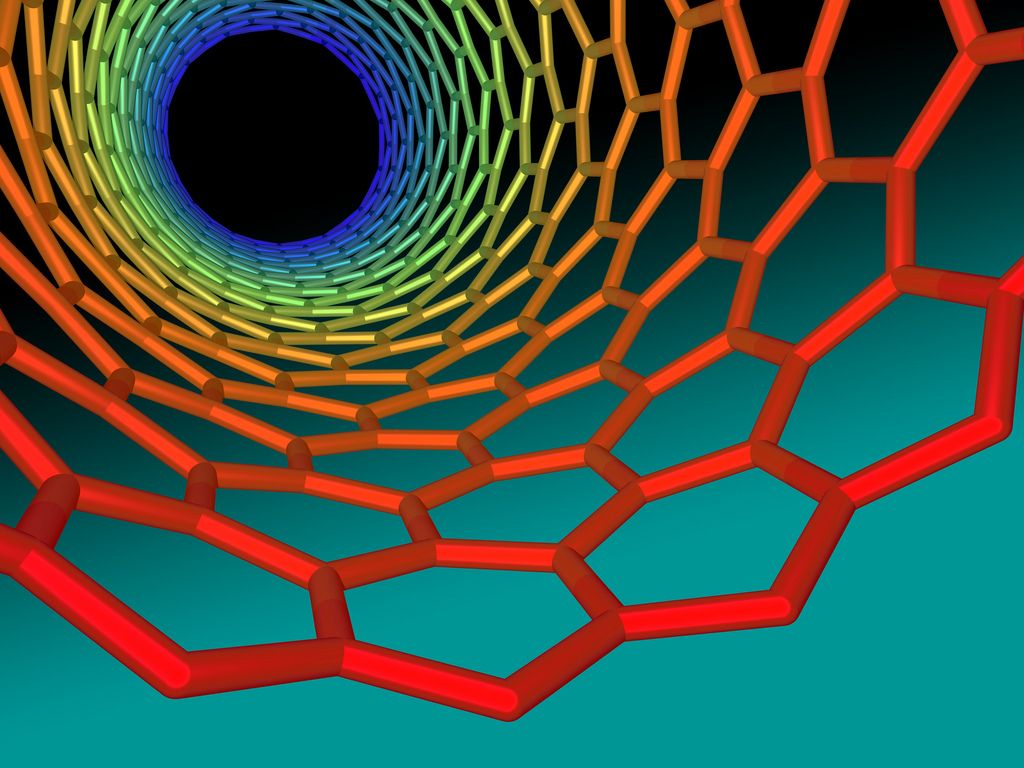
 עברית ( Hebrew )
עברית ( Hebrew )